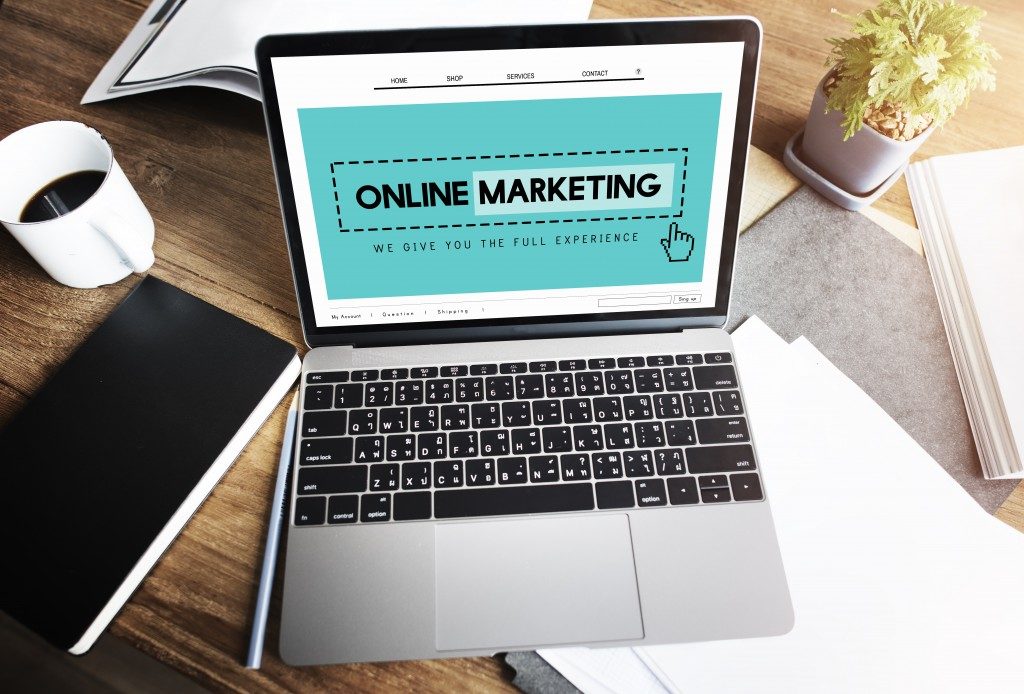People are visual beings. We feed our minds and souls with images that make us question, ponder, and discover the matters of the world. What we see, we embed in our memories. And this, we manifest further in this digital day and age.
We have seen the emergence of well-known businesses rebranding over the past years. The slight change of font in the logos plastered on advertising materials, and the new shade of the employees’ corporate branded clothing may appear inconsequential, but in reality, they are part of a well-studied, and obviously new, business strategy.
This awareness, however, is not exclusive to experienced entrepreneurs with the basic instinct to adapt in the ever-changing business landscape. Branding, the distinct visual identity of a business, also proves its significance in the launching of new brands in the market.
Here’s a checklist of elements that will solidify your brand’s visual presence:
Genuine Brand Philosphy
Branding is synonymous with translating your brand philosophy into visual images. Know what your brand is about, what it lives for. This is mainly the essence of what will be manifested in your brand’s visual design. A great image without a story is only remembered in passing. It’s still best to have a vision so that people will not feel like they are merely consumers, but members of your community.
Recognizable Logo
Surely, there are design requirements as to what makes a logo flexible for websites and packaging. More than anything, it is important to note that a logo is a stimulus; thus, a logo should be easily recognizable. It is the primary visual cue that stimulates an emotional response- could be a memory or desire – to your probable consumers.
Consistent Marketing Campaigns and Materials
Without reciting the brand manifesto, the consumers should be able to recognize the message you want to send across in a single poster. Branding requires consistency to create familiarity. The goal is to eventually allow the consumers to tell if a campaign is “on-brand” or “off-brand” through a simple element, like the color palette, for instance.
The packaging is also a marketing tool. The idea of trying a new product based on the packaging alone is not new. Know your target market. Translate your philosophy into your packaging. If you’re a brand centered on organic products, make sure that your packaging is ethically-sourced and made. Walk the talk.
Physical Store
Your physical store is where you can completely exhibit your brand, like a well-curated gallery. From the layout to the playlist, every element is chosen to complete a perfectly-orchestrated design. Here, you have a setting where the consumers can connect with your brand through a full-sensory experience provided by the store and your employees.
Digital Presence

If your business has no physical store, consumers will rely fully on your online presence. The challenge is to showcase your genuinity amidst the lack of physical presence. With or without a physical store, businesses are choosing digital marketing over traditional ones for their greater reach. Engage with the consumers on a personal level, and make sure that your brand’s voice will remain consistent with your brand philosophy so that it will resonate fully.
Some say it is the product itself that is more important, and that a brand’s visual identity is only an aesthetic layer. True, however, the visual journey represents humanity’s desire to connect. Nowadays, we rarely purchase from a brand we don’t believe in. To believe, we must first know why. And this is why visual storytelling matters.